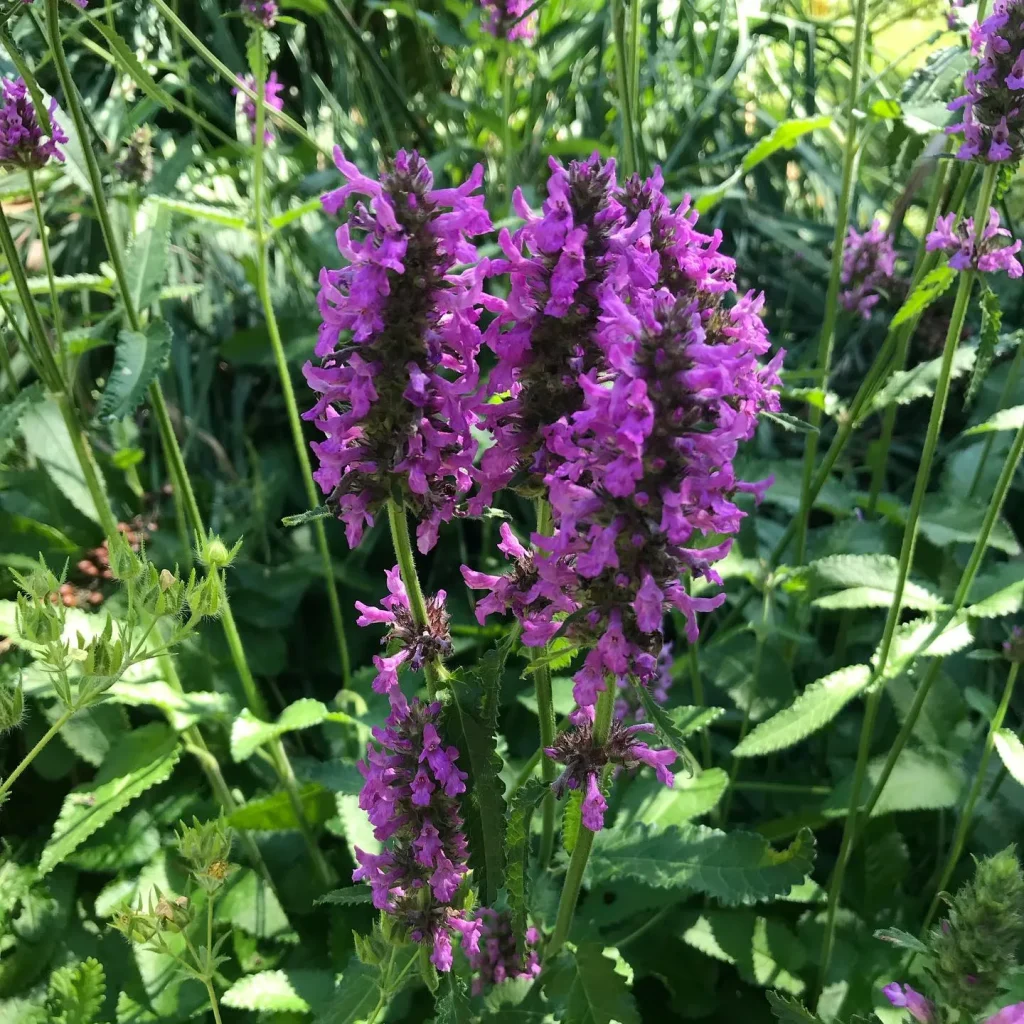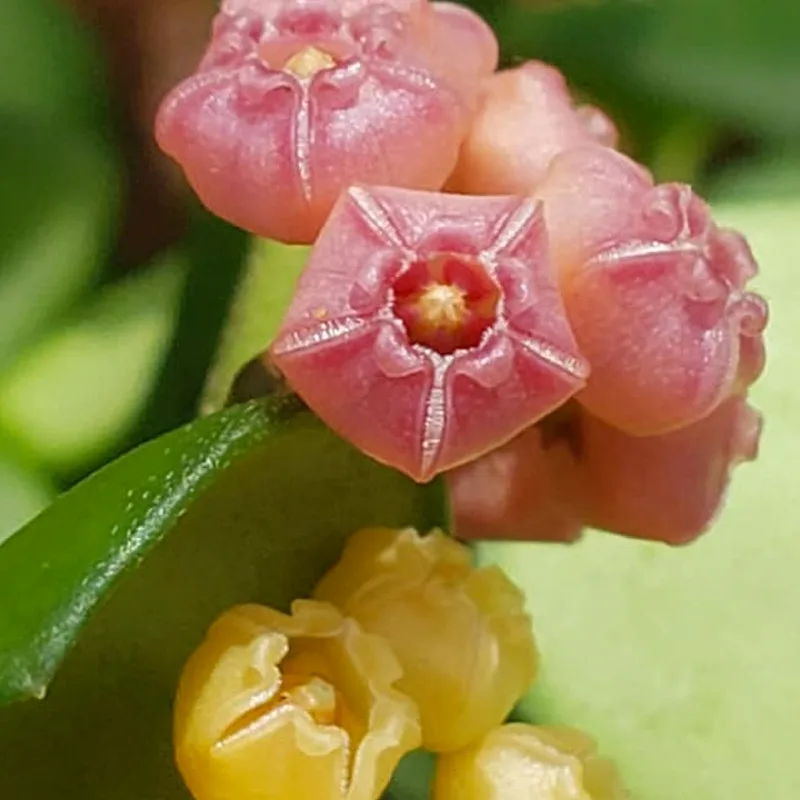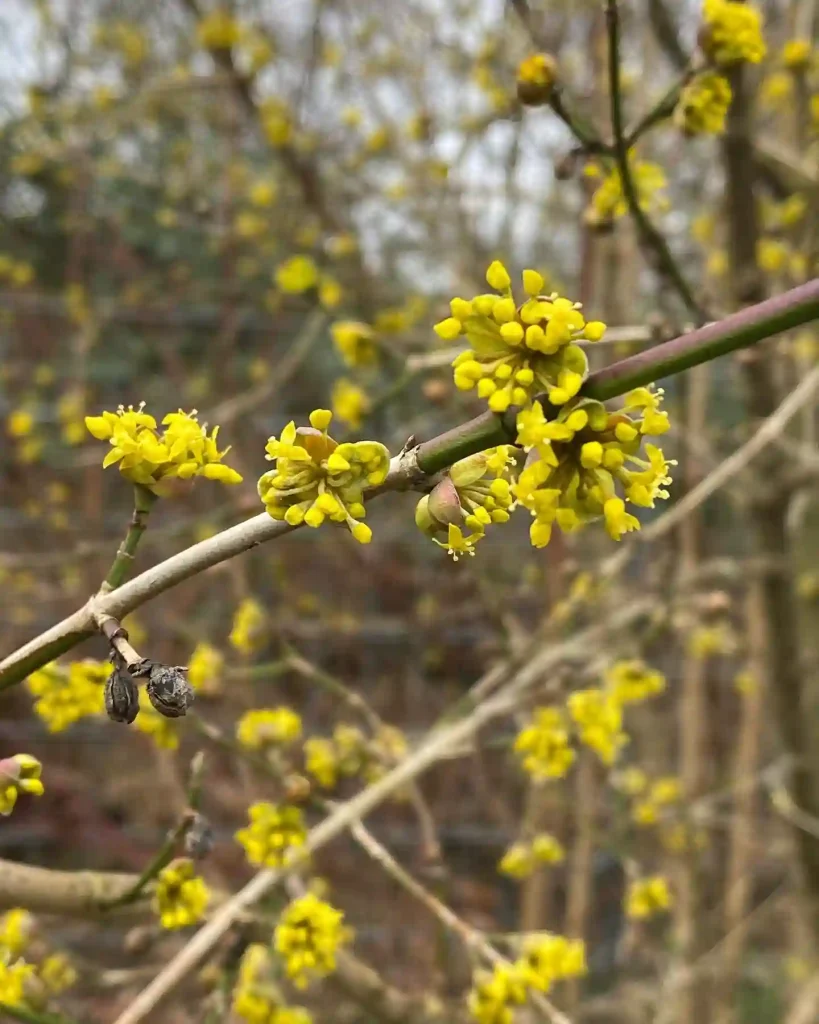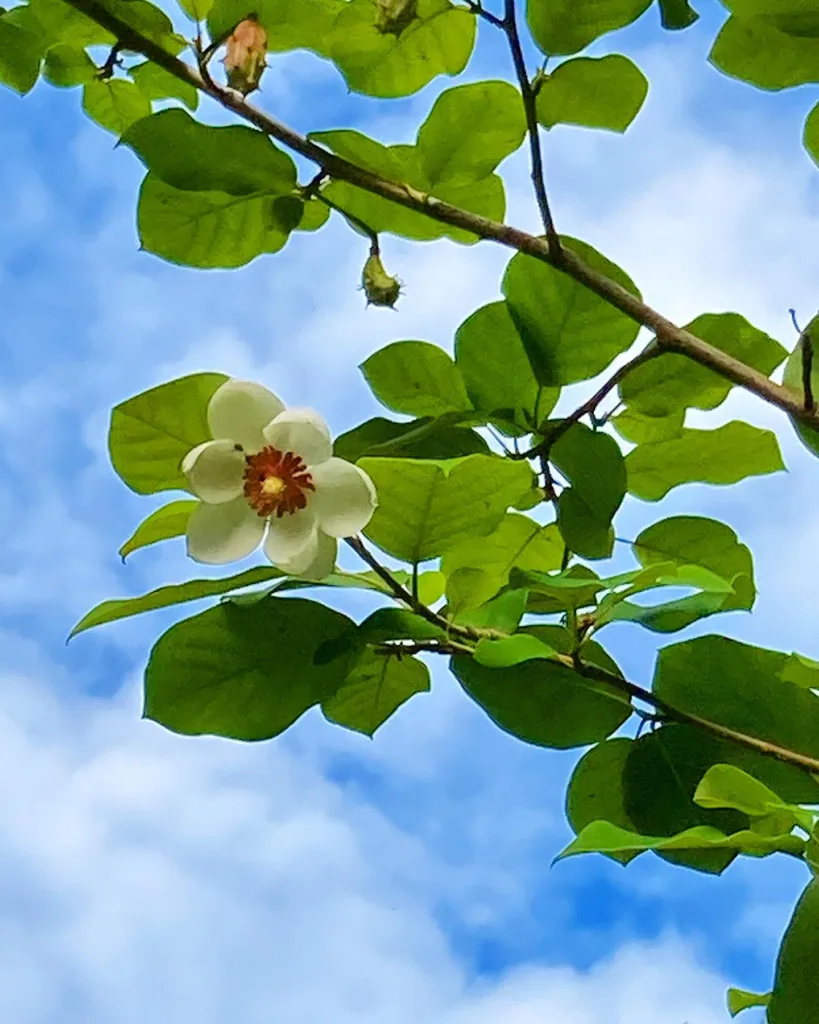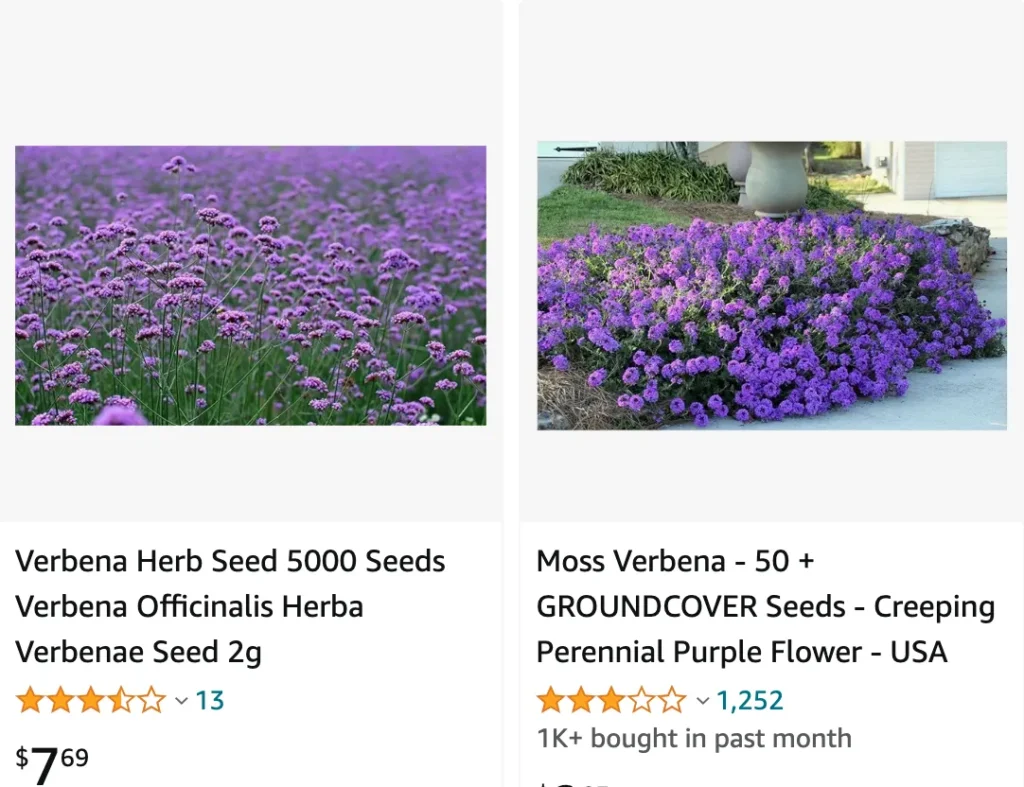
Prairie Verbena: A Journey with Nature’s Purple Gem
Prairie Verbena, scientifically known as Glandularia bipinnatifida, is a vibrant, low-growing plant that has captivated my heart and garden. Its charming clusters of purple flowers dot the landscape, bringing a burst of color and a touch of wild beauty. My journey with Prairie Verbena has been both educational and delightful, and I’d love to share my experiences and insights with you.
What is Prairie Verbena?
Prairie Verbena is a hardy perennial native to the central and southwestern United States. This plant thrives in open spaces like prairies and meadows, often flourishing in poor soil conditions where other plants might struggle. Its delicate, fern-like leaves and clusters of small, purple flowers make it a favorite among gardeners and wildflower enthusiasts.
Is Prairie Verbena Edible?
One of the first questions that came to my mind when I started learning about Prairie Verbena was whether it was edible. The answer is yes, but with some caution. Prairie Verbena has been used in traditional medicine and herbal remedies by various Native American tribes. The leaves and flowers can be brewed into a tea that is believed to have mild sedative and anti-inflammatory properties.
However, it’s important to note that Prairie Verbena should be consumed in moderation, and it’s always best to consult with a knowledgeable herbalist or healthcare provider before adding any wild plants to your diet. While it’s not typically used as a food source, its medicinal applications are quite fascinating.
How to Collect Prairie Verbena Seed?
Collecting seeds from Prairie Verbena is a rewarding process that ensures you can enjoy these beautiful plants year after year. Here’s how I do it:
- Wait for the Right Time: Seed pods form after the flowers have bloomed and withered. It’s crucial to wait until the pods are dry and brown before harvesting.
- Gently Collect the Seeds: Once the seed pods are ready, gently snip them off the plant and place them in a paper bag. Avoid using plastic bags as they can retain moisture, which might cause the seeds to mold.
- Extract the Seeds: After collecting, allow the pods to dry for a few days in a cool, dry place. Once they are completely dry, gently crush the pods to release the tiny seeds.
- Store Properly: Store the seeds in a cool, dry place in a paper envelope or a glass jar until you’re ready to plant them.
When to Plant Prairie Verbena?
Timing is everything when it comes to planting Prairie Verbena. The best time to plant these lovely perennials depends on your climate and growing conditions. In general, the ideal time to plant Prairie Verbena is in the early spring or fall.
In spring, plant them after the last frost date to give them a full growing season to establish their roots. In the fall, aim to plant them at least six weeks before the first expected frost. This allows the roots to establish before the plant goes dormant for the winter.
When to Sow Prairie Verbena Seeds?
Sowing Prairie Verbena seeds can be done either directly in the garden or started indoors. Here’s what I’ve found works best:
Direct Sowing
- Spring: Sow seeds directly in the garden after the danger of frost has passed. Lightly rake the soil and scatter the seeds on the surface. Gently press them into the soil, but do not cover them completely as they need light to germinate.
- Fall: Sow seeds in late fall, just before the ground freezes. This method allows the seeds to undergo natural stratification over the winter, leading to better germination rates in the spring.
Starting Indoors
- Late Winter: Start seeds indoors about 8-10 weeks before the last expected frost date. Use a seed tray filled with a light, well-draining potting mix. Keep the soil moist and provide plenty of light. Once the seedlings are strong enough and the outdoor conditions are favorable, transplant them into the garden.
How to Care for Prairie Verbena?
Prairie Verbena is relatively low-maintenance, but here are a few tips to ensure they thrive:
- Watering: These plants are drought-tolerant once established. Water them regularly during the first growing season to help establish a strong root system. After that, they can handle periods of dry weather with ease.
- Soil: They prefer well-draining soil and can even thrive in rocky or sandy conditions. Avoid heavy, clayey soils that retain too much moisture.
- Sunlight: Full sun is ideal for Prairie Verbena. They need at least 6-8 hours of direct sunlight daily to bloom profusely.
What to Plant with Prairie Verbena?
Companion planting can enhance the beauty and health of your garden. Consider pairing Prairie Verbena with these plants:
- Black-eyed Susan: Their bright yellow flowers complement the purple hues of Prairie Verbena beautifully.
- Coneflower: Another native wildflower, coneflowers add height and texture to your garden.
- Grasses: Ornamental grasses like Little Bluestem or Prairie Dropseed provide a lovely backdrop and contrast to the delicate flowers of Prairie Verbena.
In conclusion, Prairie Verbena is a delightful addition to any garden, offering both aesthetic beauty and a touch of wild charm. Whether you’re interested in its potential medicinal uses, enjoy the process of seed collection, or simply love its vibrant flowers, Prairie Verbena is a plant that rewards you with every season. Happy gardening!
